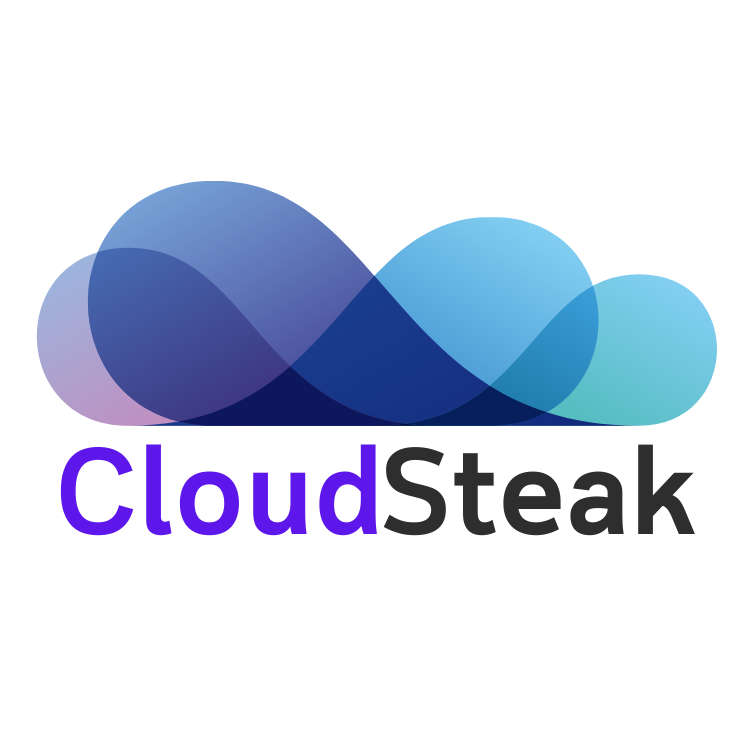Welcome to above the clouds

GCP – How Veolia’s API-first approach is powering sustainable resource management
When you think of water, waste, and energy management, you may think of pipes, wires, cables, and waste recycling – but as Veolia Group is demonstrating, more sophisticated cloud technologies are becoming increasingly vital too. APIs and API management, in particular, have emerged as a cornerstone of Veolia’s technology strategy, with Apigee, Google Cloud’s API […]

GCP – The Google Workspace guide to productivity and wellbeing
Driving impact over output in a new era of work As Google’s productivity advisor, I spend a lot of time coaching executives on ways they can make the most of their work day. Over the years, people have come to me with very different ideas about what productivity is, why it matters, and how to […]

GCP – The new Google Cloud region in Toronto is now open
For over a decade, we’ve been investing in Canada to become a go-to cloud partner for organizations across the country. Whether they’re in financial services, media and entertainment, retail, telecommunications or the public sector, a rapidly growing number of organizations located or operating in Canada are choosing Google Cloud to help them build applications better […]

AWS – AWS Firewall Manager now supports AWS WAF rate-based rules
AWS Firewall Manager now enables customers to centrally deploy AWS WAF rate-based rules across accounts in their organization. An AWS WAF rate-based rule allows customers to track the rate of requests for each originating IP address and trigger a rule action on IPs once it goes over the limit. With this launch, security administrators on AWS […]

AWS – Amazon CodeGuru Reviewer enhances security findings generated by GitHub Action by adding severity fields and CWE tags
Today, we are announcing the enhancement of security findings generated by CodeGuru Reviewer’s GitHub action by adding severity fields and CWE (Common Weakness Enumerations) tags. Customers can use these new features to sort, filter, and prioritize their backlog of security vulnerabilities within GitHub’s user interface. Read More for the details.

GCP – The differences between synchronous web APIs and asynchronous stateful APIs
This article aims to differentiate the use cases that drive architectural decisions between async, and perhaps integration solutions, and synchronous and API driven solutions. Largely this isn’t an either or discussion. Many solutions rely on a ton of moving parts and to solve for that complexity a blend of both synchronous and asynchronous solutions is […]

AWS – Amazon SES now supports emails with a message size of up to 40MB
Amazon Simple Email Service (Amazon SES) customers can now request a limit increase to send and receive emails with a message size of up to 40MB. Read More for the details.

AWS – Amazon Connect adds near real-time insights into voice call, chat, and task activity in the Canada (Central) region
Amazon Connect now allows customers to subscribe to a near real-time stream of contact (voice calls, chat, and task) events (e.g., call is queued) in your Amazon Connect contact center in the Canada (Central) region. These events include when a voice call, chat, or task is initiated, queued to be assigned to an agent, connected […]

AWS – Contact Lens for Amazon Connect adds support for 8 languages
Contact Lens for Amazon Connect has now launched both post-call and real-time analytics support for 3 new languages, Korean (South Korea), Japanese (Japan), and Mandarin (Mainland China). In addition, 5 languages, French (Canada), French (France), Portuguese (Brazil), German (Germany), and Italian (Italy), that were already supported for post-call analysis, are now also supported for real-time […]

AWS – AWS CodeBuild now supports a small ARM machine type
AWS CodeBuild’s support for Arm-based workloads now run on an additional AWS Graviton2 machine type suited for less-resource intensive workloads. Read More for the details.
